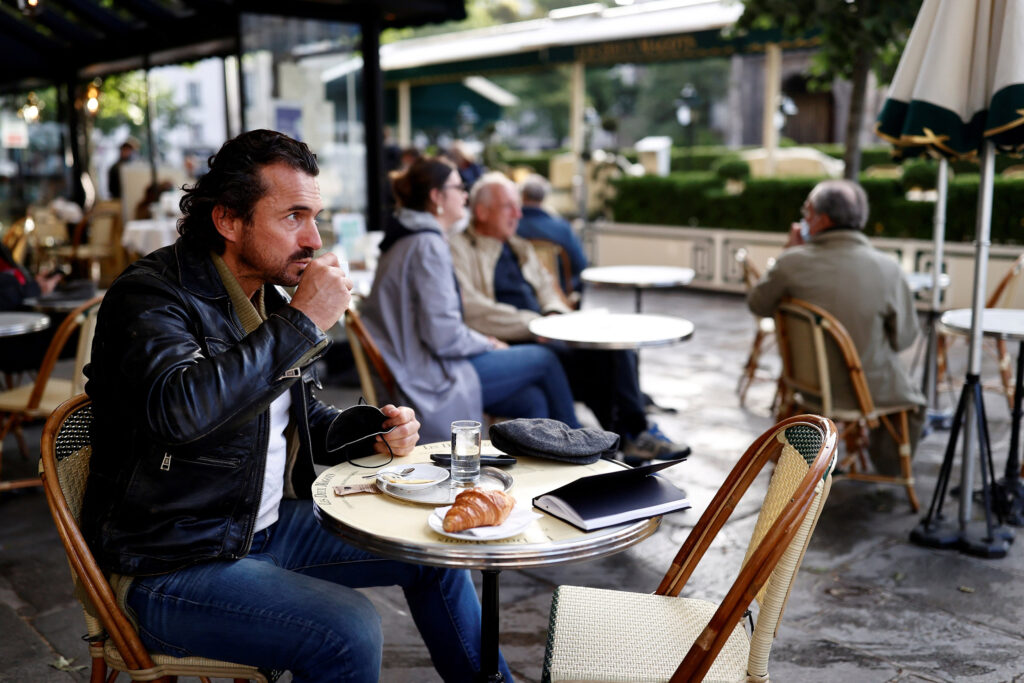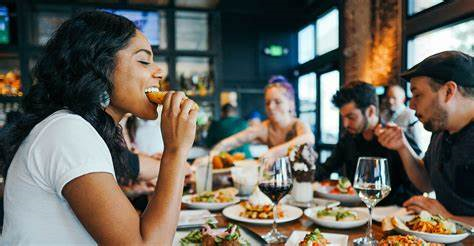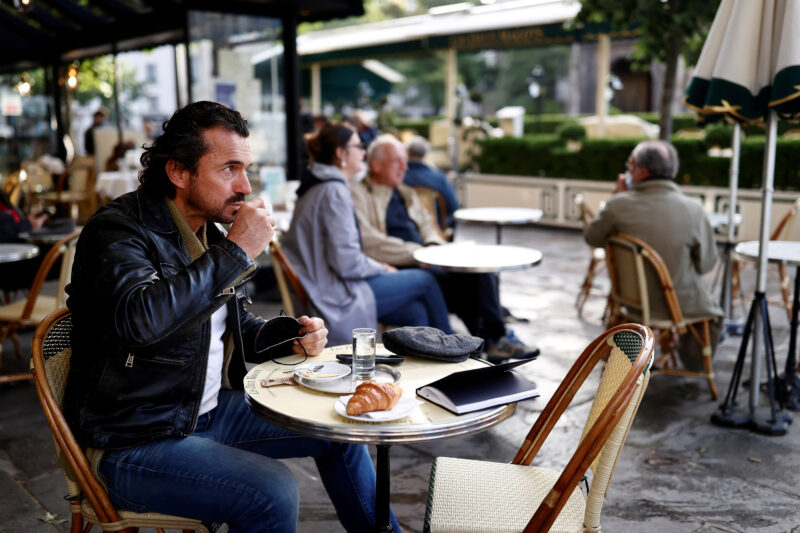Coffee House: The Heart of Social, Cultural, and Culinary Experiences
What is a Coffee House?
A coffee house, often referred to as a café, is more than just a place to grab a cup of coffee. These establishments serve a wide variety of beverages, snacks, and light meals while acting as social, cultural, and intellectual hubs.

Over time, coffee houses have become community landmarks worldwide, offering spaces for relaxation, conversation, work, and inspiration.
The Importance of Coffee Houses

Social Gathering Spot
Coffee houses have long been venues for social interaction. Meeting friends, colleagues, or family over coffee creates an atmosphere of camaraderie and comfort.
Intellectual Exchange
Historically, coffee houses have been centers of intellectual thought. Writers, philosophers, and thinkers frequented these spaces to discuss literature, politics, and culture, often shaping influential ideas and creative works.
Cultural Hubs
Coffee houses reflect local traditions and culture. Many host live music, art exhibits, and open mic nights, fostering creative expression and community engagement.
Workspace for the Modern Age
In today’s digital world, coffee houses are popular remote work and study environments, offering Wi-Fi and cozy settings that rival offices or libraries.
Relaxation and Leisure
Above all, coffee houses provide a peaceful retreat to unwind, read, or savor a favorite brew, creating a balance between social engagement and personal downtime.
Activities at Coffee Houses

Enjoying Beverages
Coffee houses offer diverse drinks: espresso, cappuccinos, lattes, teas, cold brews, and even alcoholic options in some locations.
Delicious Food Options
Beyond pastries, many cafés serve light meals, sandwiches, salads, and gourmet offerings, allowing patrons to enjoy complete culinary experiences.
Socializing and Networking
Coffee houses foster community connections and discussions, whether casual or professional.
Reading and Working
With relaxed atmospheres, coffee houses are ideal for reading, studying, or remote work.
Events and Performances
Many coffee houses host poetry readings, live music, or art events, providing dynamic cultural experiences beyond coffee.
The Location of Coffee Houses
Coffee houses are widespread, often in urban centers, shopping districts, neighborhoods, and near universities.
- Global Chains: Offer consistency and familiar flavors.
- Independent Cafés: Provide unique ambiances and specialty coffee catering to local tastes.
Coffee Houses: More Than Just a Drink
Coffee houses are cultural gems, fostering creativity, conversation, and relaxation while offering a variety of beverages and meals. They cater to everyone—from casual coffee lovers to remote workers, artists, and social explorers.
The History and Evolution of Coffee Houses

Origins in the Middle East
Coffee houses date back to the 16th century in Constantinople (Istanbul), where they served as social and entertainment spaces.
Coffee’s Journey to Europe
In the 17th century, coffee houses spread to Europe, beginning in Oxford, England (1650). These venues quickly became intellectual centers, hosting debates, artistic discussions, and political conversations.
Intellectual and Cultural Exchange
During the Enlightenment, coffee houses were vital for idea-sharing, shaping literature, science, and philosophy.
Cultural Hubs
In Europe, coffee houses facilitated the distribution of newspapers and pamphlets, becoming essential for information and idea exchange.
Global Expansion and Modern Impact
Throughout the 20th century, coffee houses evolved as spaces for artistic movements, social gatherings, and countercultural expressions. Today, they remain important cultural institutions.
Changes in Coffee Houses Over Time
Expansion of Offerings
Modern coffee houses serve a wide variety of beverages, including teas, cold drinks, and alcohol.
Technological Integration
Wi-Fi, charging stations, and digital ordering systems have transformed cafés into tech-friendly hubs.
Cultural Adaptations
Many coffee houses cater to dietary preferences, offering vegan, gluten-free, and organic options.
Entertainment & Events
Live performances, poetry readings, and art exhibits maintain the coffee house as a vibrant cultural space.
Expanded Menu Choices
Menus now include gourmet sandwiches, salads, and artisanal desserts, elevating the culinary experience.
Surprising Changes for Visitors

- Specialty Coffee Drinks: Unique flavors, alternative milks, and creative presentations.
- Gourmet Food: Elevated meals rival restaurant-quality offerings.
- Third Wave Coffee Movement: Focus on ethically sourced, high-quality beans.
- Minimalist Interiors: Instagram-worthy, aesthetically designed spaces.
- Digital Convenience: Ordering apps, Wi-Fi, and streamlined customer experiences.

Coffee Travel Guide: Best Cafés and Roasters Around the World.
For coffee lovers, exploring the world often means discovering unique cafés and specialty roasters. From local hidden gems to famous…

Sustainable Coffee: How to Drink Responsibly.
Sustainable Coffee: How to Drink Responsibly. Introduction Sustainable coffee isn’t just a trend it’s a movement that supports farmers, protects the environment,…
Coffee Storage Tips: Keeping Beans Fresh and Flavourful.
Coffee Storage Tips: Keeping Beans Fresh and Flavourful. Introduction Fresh coffee starts with proper storage. Even high-quality beans lose flavour and aroma…
Specialty Coffee Drinks: Lattes, Cortados, and More Explained.
Coffee culture isn’t just about black coffee it’s also about specialty drinks that combine espresso, milk, foam, and ………………. Read…
Coffee and Sleep: How to Enjoy Your Brew Without Insomnia.
Coffee can be a lifesaver in the morning, but drinking it at the wrong time can disrupt sleep and impact…
Healthy Coffee Habits: Enjoy Your Brew Without the Guilt.
Healthy Coffee Habits: Enjoy Your Brew Without the Guilt Introduction Coffee can be one of life’s greatest pleasures, but many people worry…
Conclusion: The Ever-Evolving Coffee House Experience
Coffee houses have adapted over centuries to cultural shifts, technology, and consumer preferences. While enjoying a cup of coffee remains central, these spaces now offer diverse experiences social, intellectual, and creative.
Whether visiting a global chain or an independent café, the coffee house continues to be a cornerstone of community life, offering inspiration, connection, and a moment of tranquility in modern society.
Explore More Coffee Experiences
Looking to expand your coffee journey? Check out these guides and insights from DreamingCoffee:
- Cover the Remarkable Flavours! – Learn how to grow your own coffee at home, discover the best Arabica and Robusta varieties, and master indoor cultivation techniques.
- Heavenly Harmony: Exploring the Perfect Coffee & Chocolate Sensation! – Dive into the art of coffee and chocolate pairings, signature recipes, and indulgent treats to elevate your taste experience.
- 10 Coffee Break Ideas to Boost Energy & Focus – Creative ways to recharge your mind and enjoy coffee throughout your day.
- A Beginner’s Guide to Manual Coffee Grinding – Step-by-step instructions for perfecting your coffee grinding and brewing at home.
- Best Coffee Varieties for Home Brewing – Explore popular coffee beans, flavor profiles, and tips to select the perfect brew for your palate.
By exploring these posts, you can fully embrace the coffee culture, from home brewing and growing your own beans to pairing coffee with chocolate and creating memorable coffee moments.
Author.

Brendon McAliece has spent more than 45 years immersed in a passion for coffee, exploring beans, brewing traditions, and café cultures across the globe.
A multilingual expat fluent in Thai, three Thai dialects, Lao, and European languages, he values the role of coffee and language in building cultural connection.
His diverse background also includes over three decades in flight simulation and PC building, alongside two decades of service as a jet fighter weapons and egress technician.
Learn more @
DreamingGuitar.com – DreamingCoffee.com – LetsFlyVFR.com
Home – Blog – Shop – About
As an Amazon affiliate I may earn on qualifying sales.








5 responses to “The Significance and Allure of the Coffee House in History.”